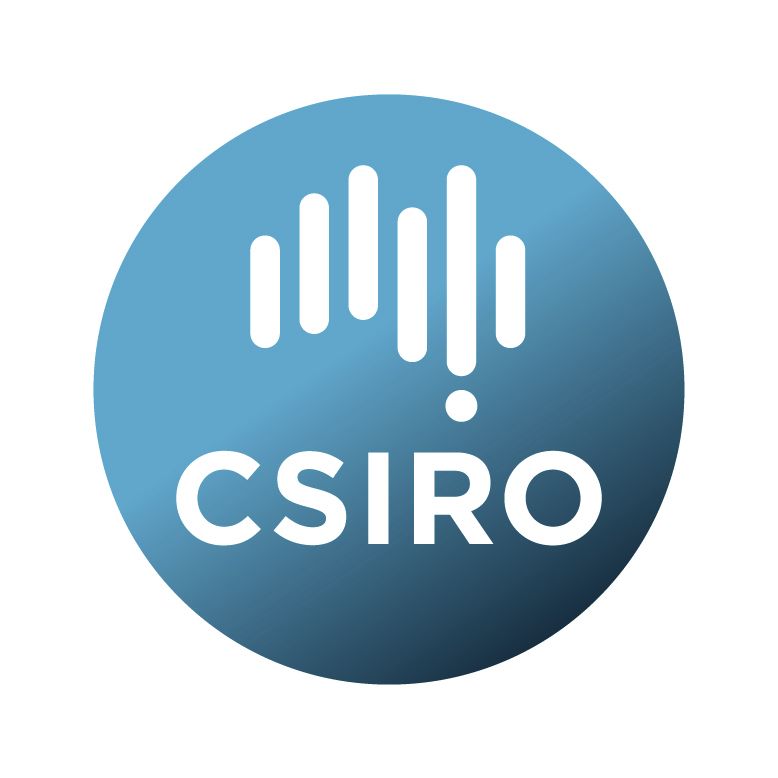Brief description
This is a request for observing time for the initial follow-up of pulsar discoveries from the low-latitude Galactic plane section of the HTRU survey (P630). We have already discovered 60 pulsars from 50% of processed data. Extrapolation and population synthesis show that the Galactic plane survey will result in at least a further 60 discoveries. Currently, with data processing on-going employing all available computing resources, we expect about 15 new discoveries per semester.The discovery of pulsars is just a ?rst step and interesting science can usually only be revealed when a follow-up timing campaign is carried out. One year of initial timing is the minimal timespan required to fully-characterise any newly-discovered pulsars, essential for deriving pulsar parameters such as the characteristic age, magnetic ?eld strength, spin-down rate, as well as to detect any unexpected behaviour of the pulsar which might result from emission instabilities.
This follow-up timing project is necessary for identifying any individual interesting pulsar systems discovered from the HTRU Galactic plane survey. Since all of the pulsars on the observing list here are followed-up for the ?rst time, they will produce completely new and exciting results. In addition, this timing project will enable a large-scale examination of the Galactic plane pulsar population, exploring the true boundaries of pulsar phase space. Given the large number of discoveries expected and the long integration length required, this dedicated follow-up timing campaign is vital for achieving our science goals.
Available: 2016-05-11
Data time period: 2015-04-01 to 2015-09-30
Subjects
Astronomical Sciences |
Astronomical Sciences Not Elsewhere Classified |
Physical Sciences |
compact binaries and/or black-holes |
neutron stars |
pulsars |
transients |
User Contributed Tags
Login to tag this record with meaningful keywords to make it easier to discover
Identifiers
- DOI : 10.4225/08/58DD161F359FD

- Handle : 102.100.100/38469

- URL : data.csiro.au/collection/csiro:P860-2015APRS



